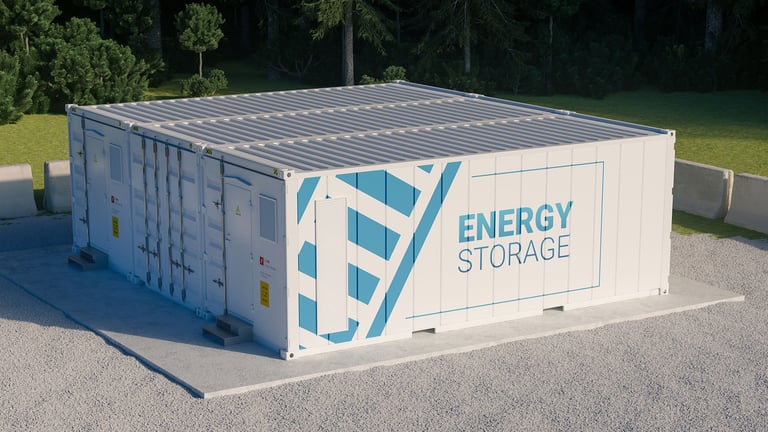Tidal energy is no longer a fringe idea. With cutting-edge turbines spinning beneath the waves, this sector is quietly engineering a revolution, and investors are paying attention. With government backing, proven technology, and long-term scalability, companies like SAE Renewables are transforming tides into consistent cash flows.
The race to decarbonise global energy is accelerating, and tidal energy is rising to meet the challenge with unmatched reliability and innovation. Unlike solar or wind, tides are predictable to the hour, offering a level of consistency few renewables can match. With the demand for net-zero energy sources climbing, the stage is set for tidal pioneers to scale operations, increase grid integration, and deliver long-term value. Companies like SAE Renewables, Orbital Marine Power, and HydroQuest are building the infrastructure to capture the power of the oceans, turning previously untapped natural movement into bankable megawatts.
SAE Renewables (formerly Simec Atlantis Energy) is a leading force in this transition. At the helm of the MeyGen project off the coast of Scotland, SAE operates one of the world’s largest tidal stream arrays. With over 70GWh of electricity exported to date, MeyGen has demonstrated not just the technical feasibility of tidal generation but its commercial viability. SAE is actively developing Phase 2 of the MeyGen site, targeting a 28MW expansion supported by the UK government’s Contracts for Difference (CfD) scheme—an initiative designed to stabilise revenues and de-risk renewable investments. This expansion would triple the site’s capacity, proving that tidal power is not just scalable but strategically bankable.
Scotland continues to dominate in tidal innovation. Orbital Marine Power’s floating O2 turbine has been in operation in the Orkney Islands, delivering 2MW of power, enough for around 2,000 homes annually. With their next-gen O2-X turbines on the horizon, Orbital is aiming for a commercial array of 30MW, both at home and in export markets such as Nova Scotia and the U.S.
HydroQuest, based in France, is also entering the spotlight. Their FloWatt project, backed by both national and EU support, plans to install 17.5MW of vertical-axis tidal turbines in Normandy by 2027. The momentum across Europe is further bolstered by the Morlais project in Wales, where multiple developers, including Nova Innovation and Magallanes Renovables, are deploying technologies across one of the largest designated tidal zones globally.
The UK’s Severn Estuary, too, holds immense promise. A proposed tidal lagoon project could contribute up to 7% of the country’s electricity needs—while catalysing economic activity across the region. While initial government funding is crucial, the long-term investment potential is clear: a stable, renewable asset with national significance.
Tidal energy is also making waves across the Atlantic. In Nova Scotia’s Bay of Fundy—home to the world’s highest tidal range—Nova Innovation is preparing to deploy a 1.5MW array. Supported by Canadian government funding, this project could act as a template for tidal energy scalability in North America.
The global tidal and wave energy market is projected to reach \$1.3 billion by 2030, expanding at nearly 10% annually. Investors are beginning to realise the strategic advantages: minimal land use, low visual impact, and unparalleled predictability. With grid-scale potential and government-backed incentives now in place, tidal energy is shifting from demonstration to deployment.
SAE Renewables Limited (LON:SAE) was founded in 2005 as a supplier of tidal stream turbines, SAE quickly grew to include development of tidal stream projects and is the majority owner of MeyGen, the world’s largest tidal stream energy project. a hub for clean energy storage, SAE exemplifies innovative reuse of industrial sites for modern needs.




































